- Joined
- Sep 28, 2013
- Messages
- 2,663
If you click through to the link there's a video.
http://m.scmp.com/news/hong-kong/ec...ows-rare-211-carat-red-diamond-highly-coveted
Prospective buyers in Hong Kong are preparing to be dazzled by a first glimpse of one of the largest and “most coveted” red diamonds ever discovered.
The Argyle Everglow is a 2.11 carat red diamond mined by industry giant Rio Tinto from the Argyle Diamond Mine in Western Australia – the world’s largest source of pink diamonds.
Red is considered to be the rarest diamond colour as less than one carat of such stones are extracted from the mine each year.
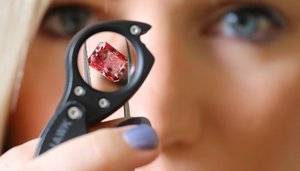
http://m.scmp.com/news/hong-kong/ec...ows-rare-211-carat-red-diamond-highly-coveted
Prospective buyers in Hong Kong are preparing to be dazzled by a first glimpse of one of the largest and “most coveted” red diamonds ever discovered.
The Argyle Everglow is a 2.11 carat red diamond mined by industry giant Rio Tinto from the Argyle Diamond Mine in Western Australia – the world’s largest source of pink diamonds.
Red is considered to be the rarest diamond colour as less than one carat of such stones are extracted from the mine each year.



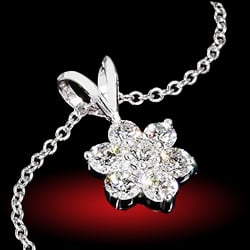
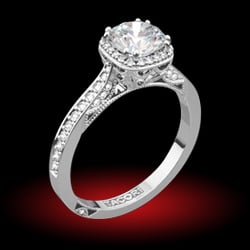
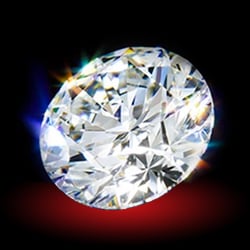
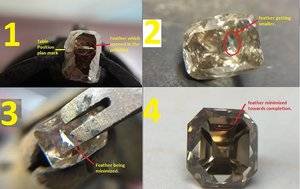
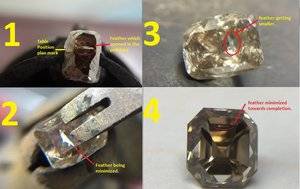
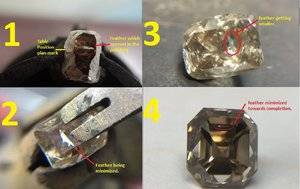
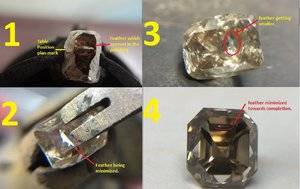


300x240.png)